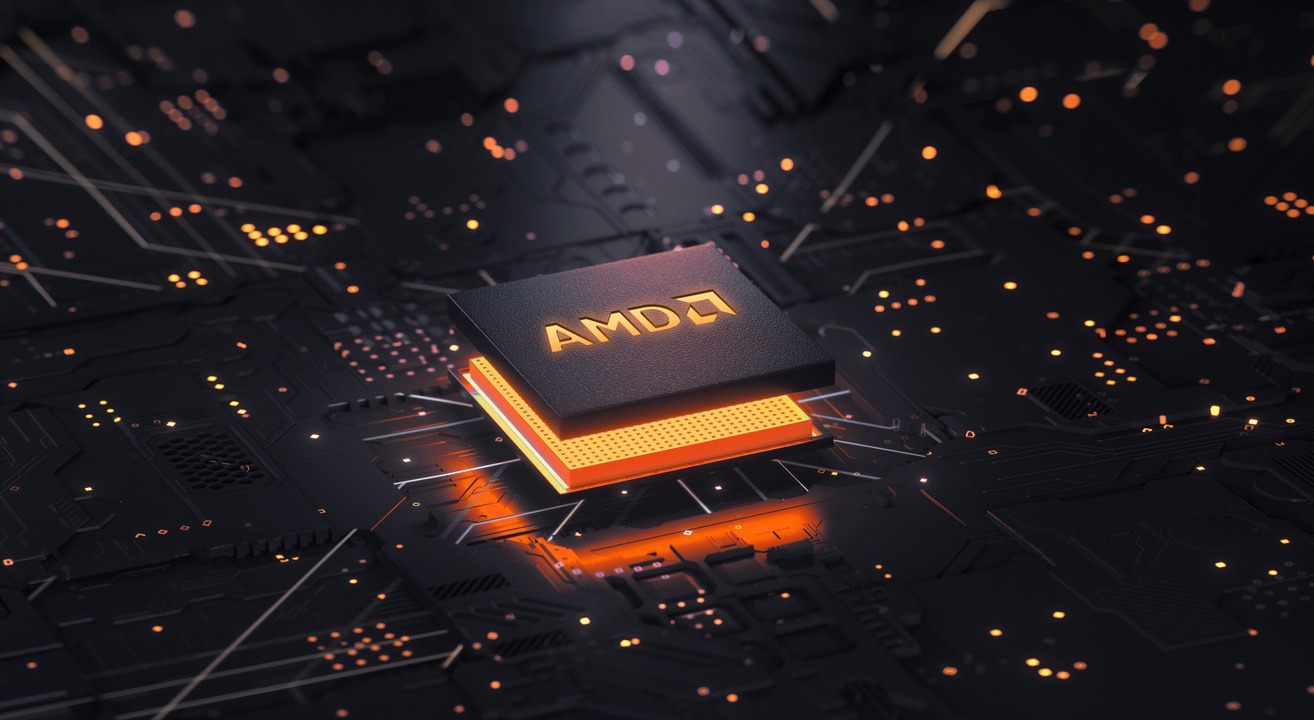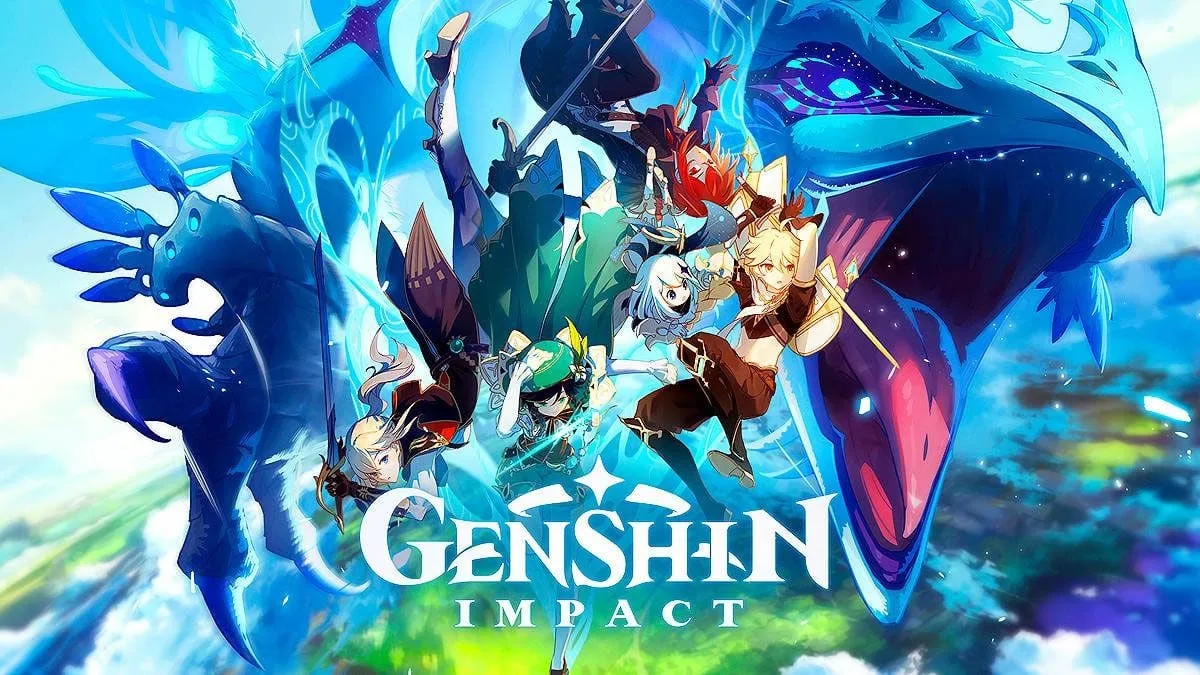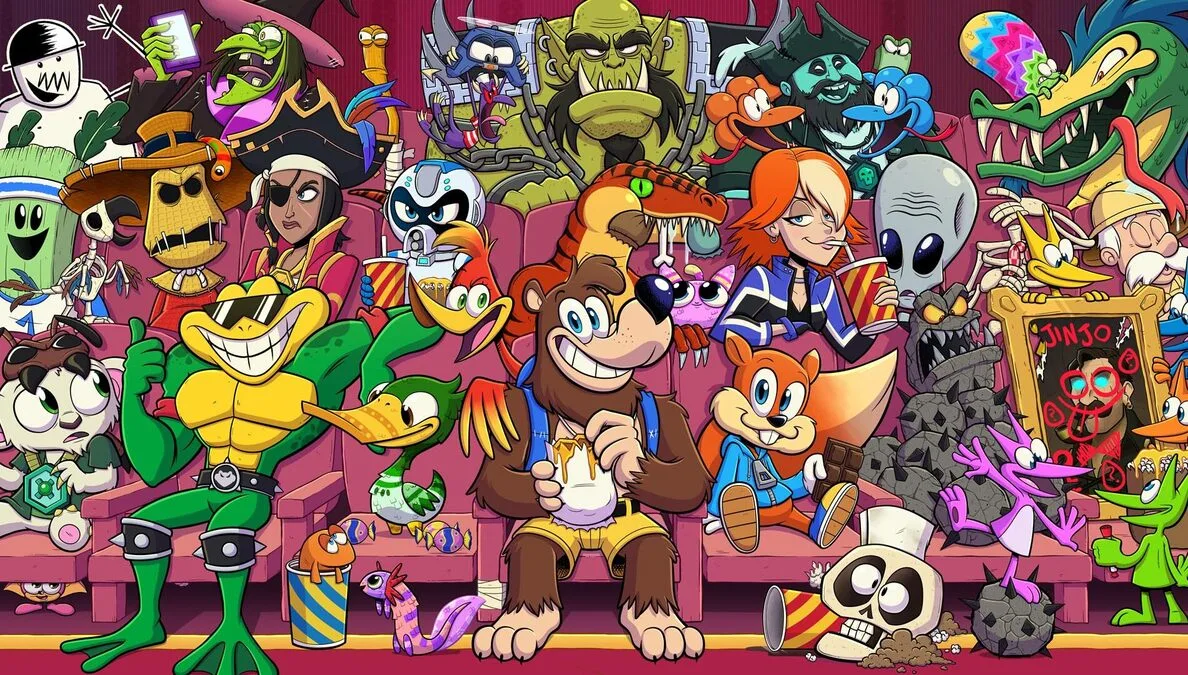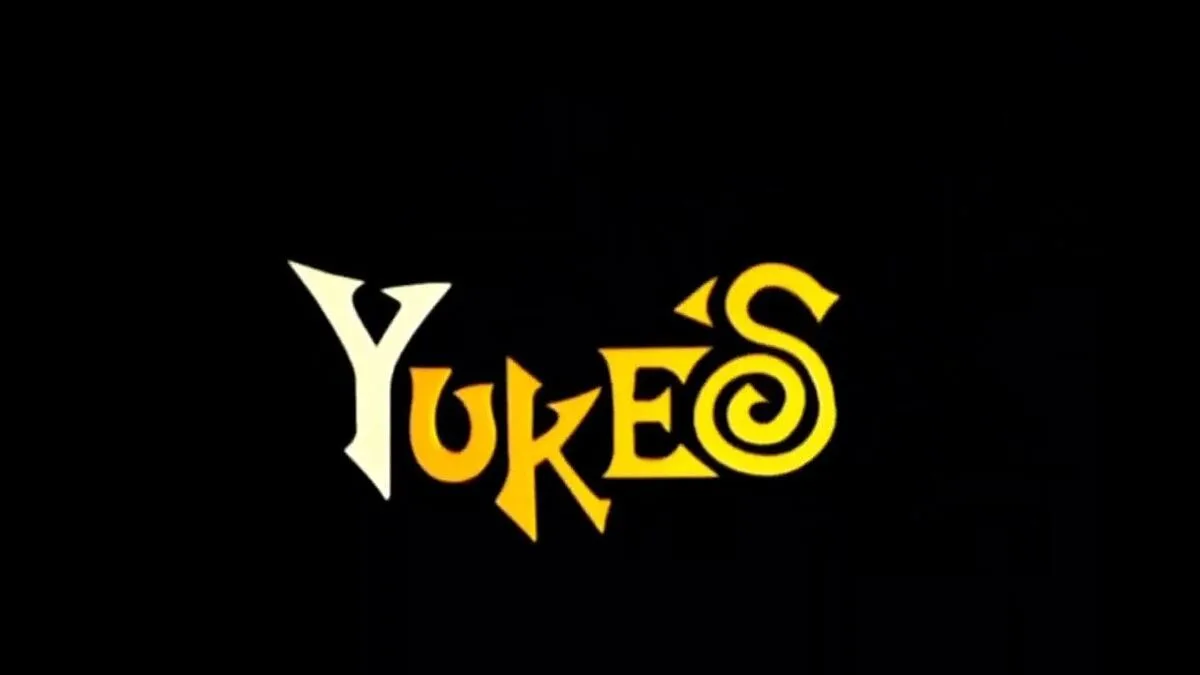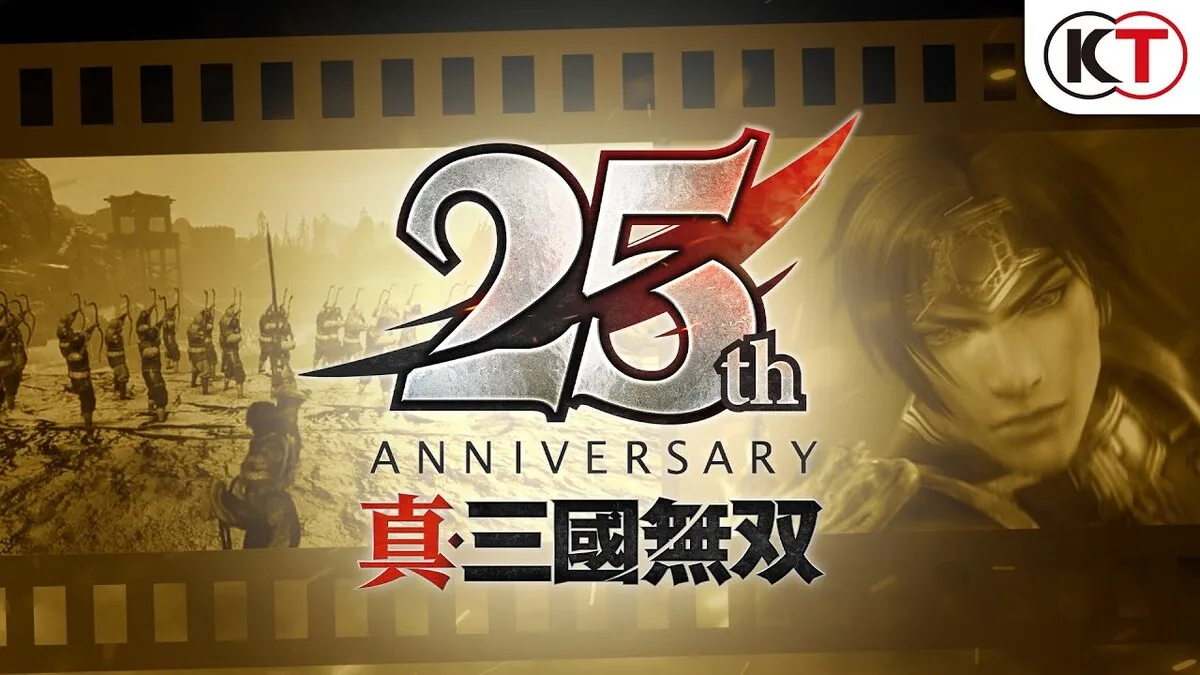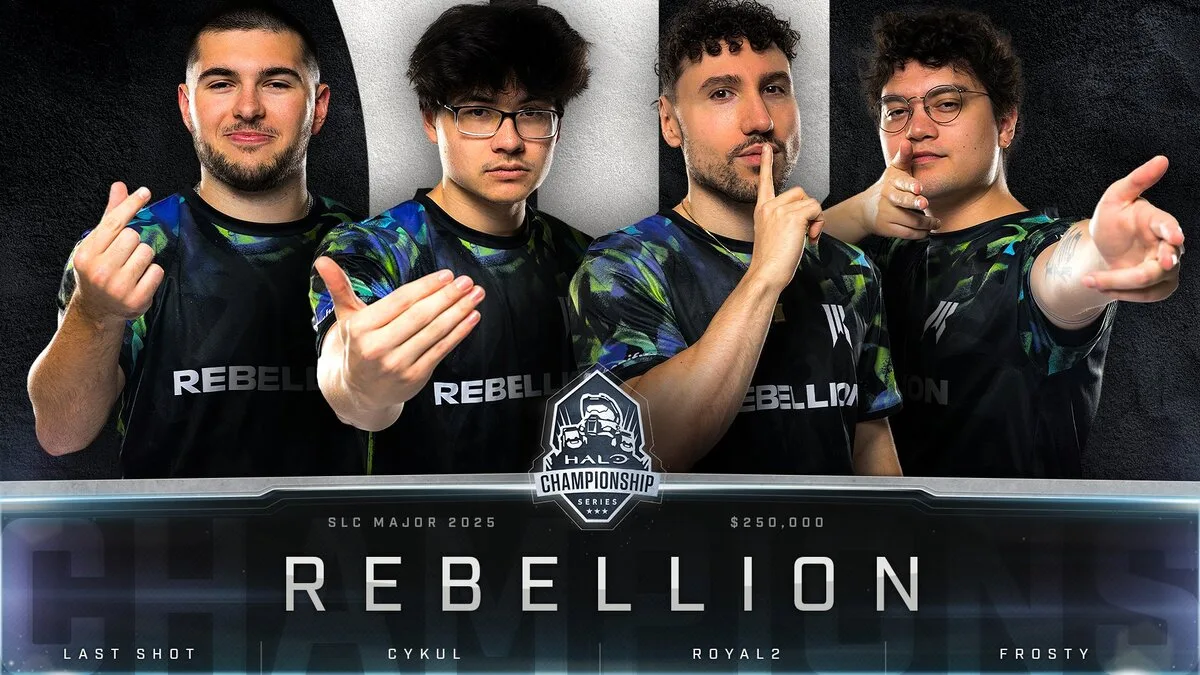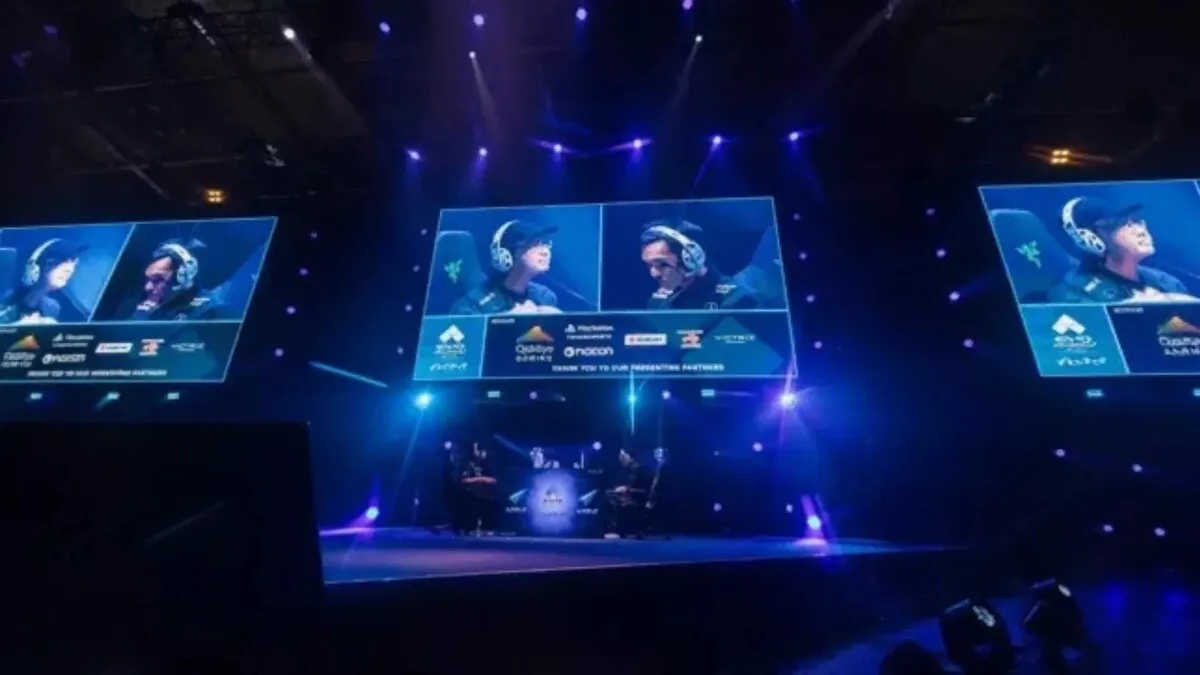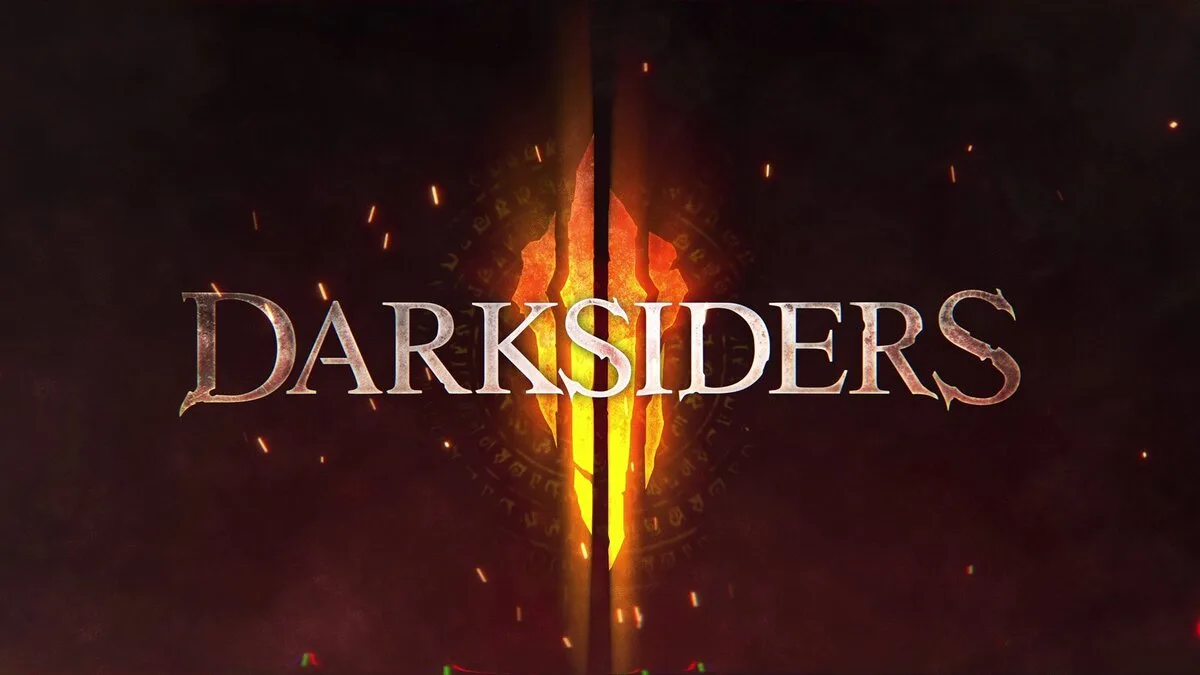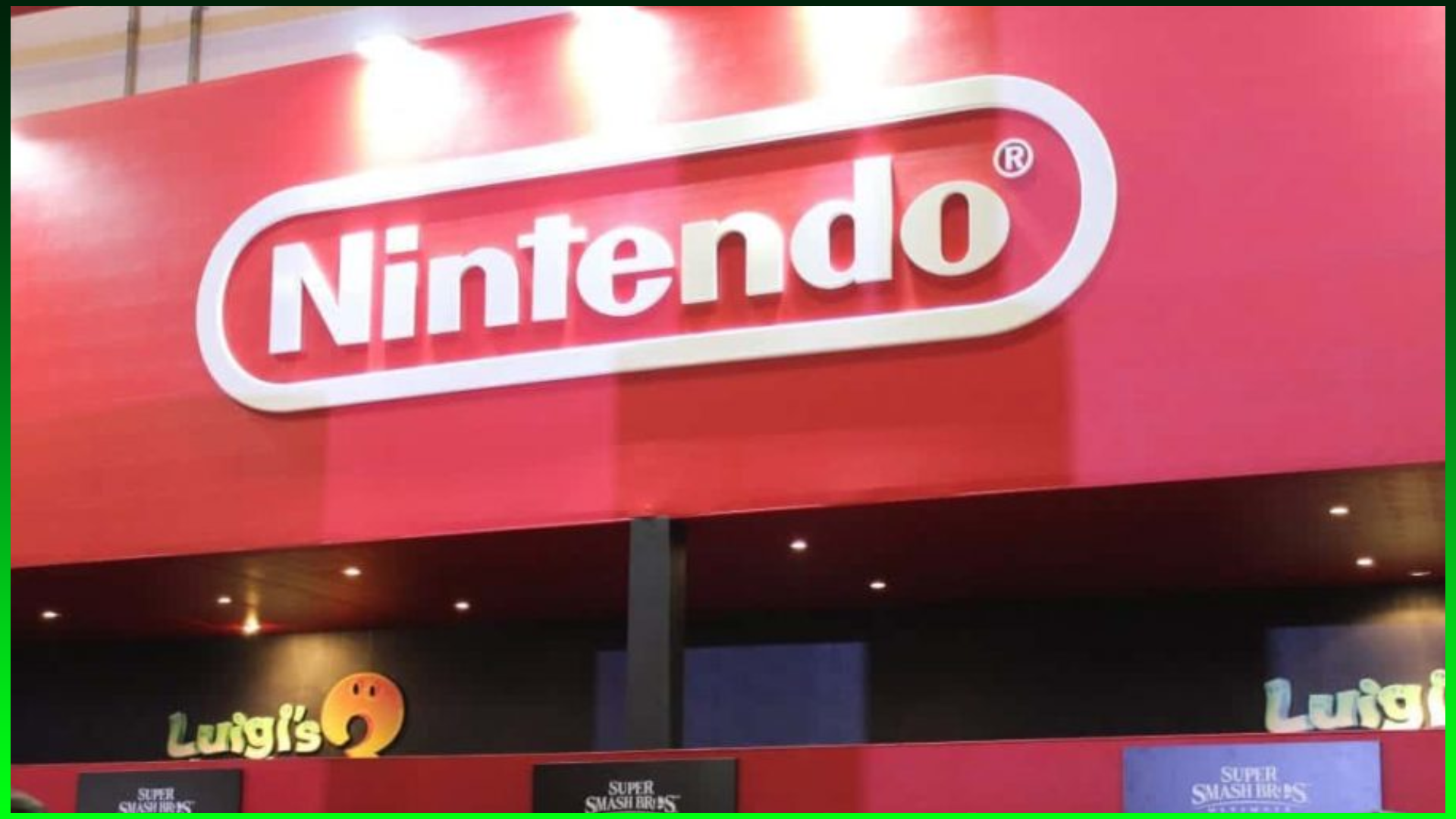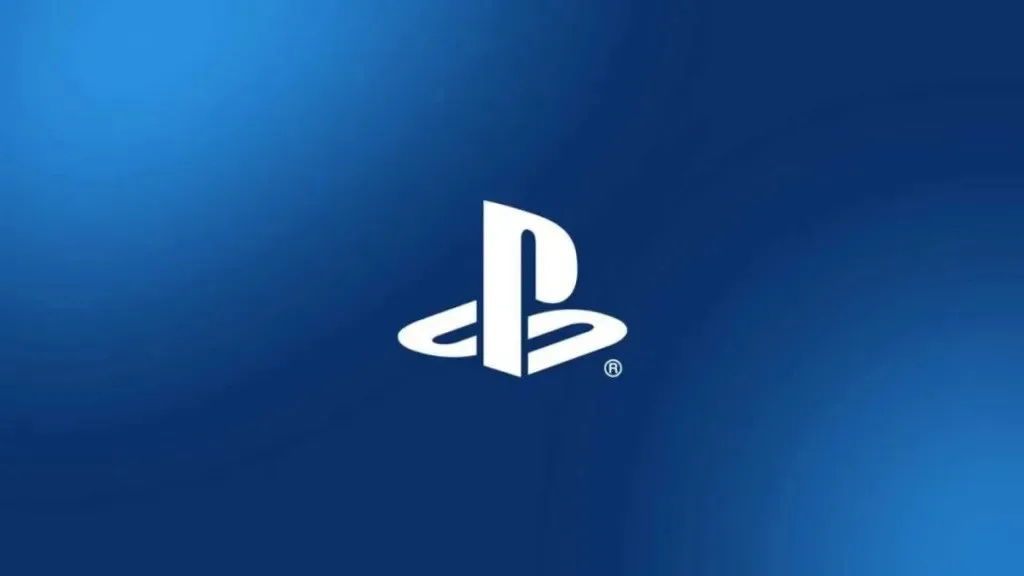
Latest earnings just confirmed that Live Services are currently the torn on the side of Playstation
Sony’s Game & Network Services (G&NS) division posted approximately $6.2 billion USD in revenue and $980 million USD in operating income—an impressive 127% year-over-year increase. These gains were driven by strong PS5 hardware sales, digital… Latest earnings just confirmed that Live Services are currently the torn on the side of Playstation
